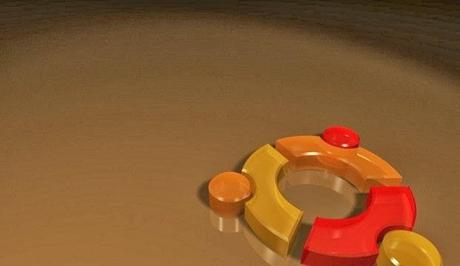
Loss of a single piece of business critical information leads to downfall. In this case, it is important to rely on a robust operating system that minimizes such risks. When you insert a new drive in Windows, it will detect the disk, read partition table, and attempt to access the file system. It is just that the OS mounts the device; however, if during the process, any block causes the failure of your affected drive, Windows fails to read it. When it comes to Linux OS, it may be possible that it does not mount all the partitions, or while mounting, it reads some other set of sectors, as the way NTFS is implemented in Linux is very different from that of Windows. However, if it is about better half-corrupt disk accessibility, Ubuntu is same as Windows and is not bundled with any extra mechanism for accessing the device or recovering it. Windows may consider reading secondary copy of Master File Table or targeting other data. As per such analysis, it is your luck that you got access to a partially corrupt drive. Therefore, if you have accessed the data once, it does not mean that you will be privileged every time with the same as the drive may get worsen next time.
While the drive is partially failed, its complete failure depends on usage. The more it will be used, the sooner it will get corrupt. Consequently, Windows may encounter blue screen of death error (BSOD), and during boot process, MBR or missing file messages will occur.
It is something great about Linux that it always catches and pays attention on the indicators showing that something is going wrong. Besides, Linux also encounters the SCSI errors, as Windows or even the kernel log on the corrupt disk throws the same errors. However, users, particularly who are from Unix environment, choose Linux over Windows and the most prominent reason for such inclination is cost. Well, the response after accessing a disk depends on the program that accesses it. For example, a recovery utility may read one sector repeatedly or may leave it. It is a good idea to consider the concept of imaging for your drive; the image must contain all the clean sectors. It will help if you use the image to recover data, as it works as backup and provides data while you are going through bad times.
Well, with the recommendations given above or the adverse cases that sink you into loss of data, in any case, you need to recover all the lost information at the earliest. As you saw above that OS throws errors and the drive gets worse when used more and more, there is no guarantee that you will get the data back. In such cases, you need to choose a commercial Linux data recovery application that will dedicatedly repair the corrupt drive and recover all the data. In addition, such software programs offer a long list of features that are capable to perform many other tasks than just recovery. You may also choose to image the drive; however, these facilities are available only if you get an efficient and reliable application.
Author Bio: Abhay Jeet is a contributor and providing support to Microsoft Help Community and guiding users to fix problems on their PC. You can explore more about him on Google Plus.
